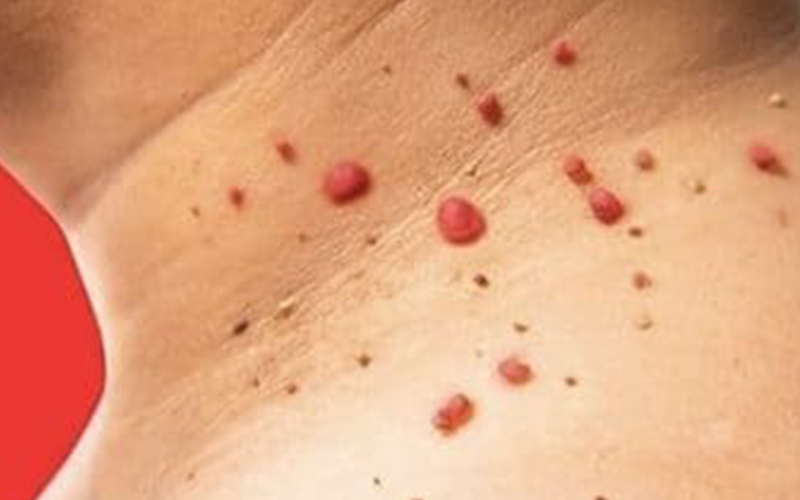PAPILLOMATOSIS

Papillomatosis is a disease caused by the human papilloma virus. There are more than 70 types of papillomaviruses, and the common feature that unites them is that they all cause tissue proliferation by damaging the skin and mucous membranes. If the virus gets on the skin, if the papilloma gets on the mucous membrane of the rectum or genitals, acute warts are formed.
Candylomas cannot be considered fearless in any case. The point is that the development of warts goes like the development of tumors. Therefore, long-term candylomatosis is considered a precancerous disease. It has been proven that cervical candylomatosis increases the risk of uterine cancer by 50-60 times.
Overgrown cadilomas:
- Can be traumatized and bleed
- It interferes with normal sexual life
- It is disturbing as a cosmetic defect
- It gives psychological discomfort
- Prevents birth
In addition to candylomas, the following types of papillomas are found:
- Simple (vulgar) papillomas are solid nodules up to 1 mm in diameter. Its surface is horned, leathery and legless. It occurs anywhere in the body. It is mainly localized in the fingers and elbows of children.
- Foot papilloma - small-sized, bumpy on the foot. But it can also produce offspring around it. It causes pain and discomfort when walking. Sometimes it heals on its own. This happens mainly in children. But papillomas should not be confused with warts. The surface of the bumps is smooth and the shape of the skin is known.
- Superficial papilloma is in the form of a smooth round nodule. It can also be polygonal. The color is leather. It mostly damages the face and hands. It is painless. It causes inflammation, redness and itching in the skin.
- Stalk-shaped papilloma - occurs at the age of 40-50. It is mainly found in the eyelids, neck, groin and armpits. At first, it is small in size, but later it turns into 5-6 mm long thread-like, flexible and long derivatives. It can become inflamed. It does not disappear on its own.


